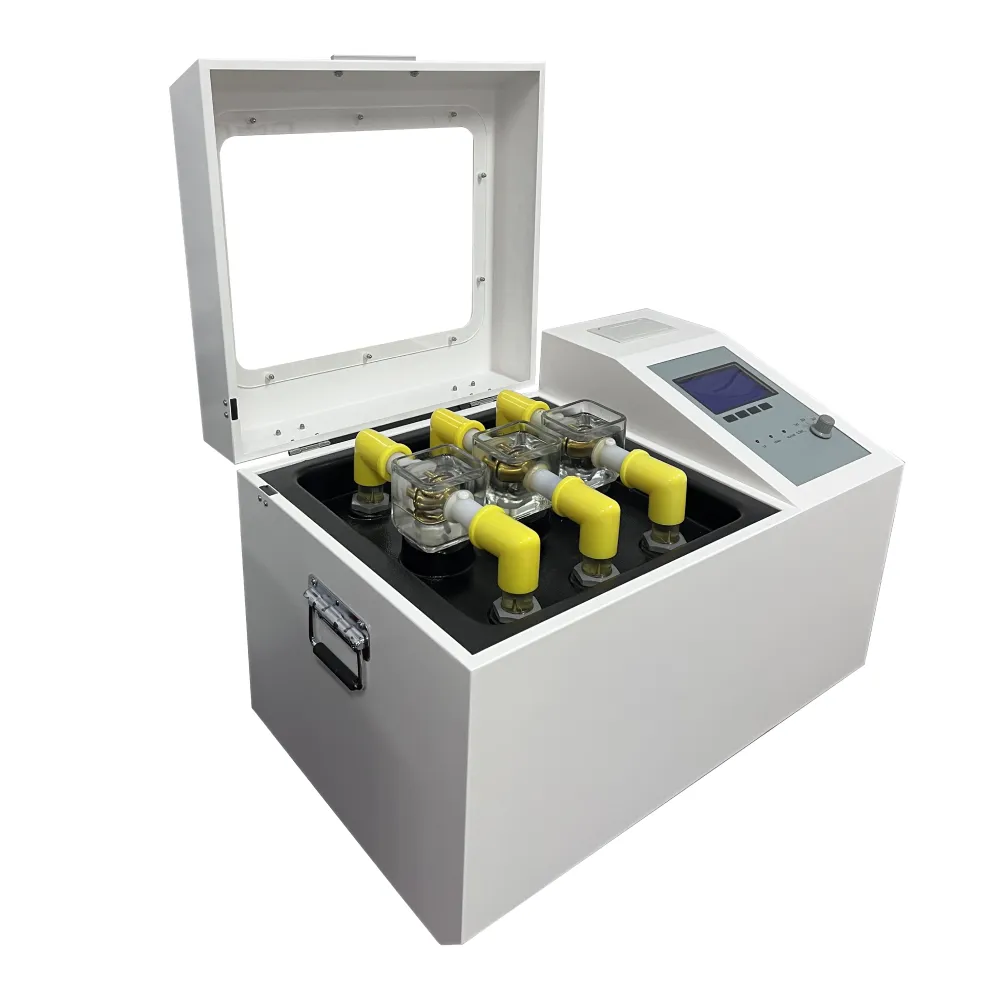 English
English


Innovative Solutions for Voltage Regulation Using Tap-Changing Transformers in Electrical Systems
Tap-Changing Transformers for Voltage Control
Tap-changing transformers are crucial components in electrical power distribution systems, particularly when it comes to maintaining voltage stability across the grid. They provide a means to adjust the transformer's voltage ratios, accommodating fluctuations in load demand and ensuring that voltage levels remain within acceptable limits. This article explores the working mechanisms, benefits, and applications of tap-changing transformers in voltage control.
Working Mechanism
The primary function of tap-changing transformers is to regulate output voltage by altering the number of turns in the transformer’s windings. This is achieved through a mechanism called a tap changer, which allows for the selection of different tap points on the transformer winding. By changing the number of turns in the circuit, the tap changer effectively adjusts the voltage ratio between the primary and secondary windings.
There are two main types of tap changers on-load tap changers (OLTC) and off-load tap changers. OLTCs can adjust the tap position while the transformer is under load, providing ongoing voltage control without interrupting the service. In contrast, off-load tap changers require the transformer to be disconnected from the load during adjustment. OLTCs are widely used in modern utility applications due to their ability to provide dynamic voltage regulation.
Benefits of Tap-Changing Transformers
One of the significant advantages of tap-changing transformers is their capability to maintain voltage levels within specified regulatory standards. This is particularly important as voltage fluctuations can lead to equipment damage, reduced efficiency, and increased operational costs. By ensuring stable voltage levels, tap-changing transformers enhance the reliability of power supply systems.
tap changing transformer for voltage control

Additionally, these transformers can improve the efficiency of the overall electrical system. Proper voltage control minimizes losses due to resistance in conductors, which can be significant over long distances or in high-load scenarios. By optimizing voltage levels, tap changers facilitate better performance of electrical appliances and industrial machinery, contributing to energy savings.
Another important benefit is the flexibility tap-changing transformers provide in accommodating changing load conditions. In urban areas or industrial settings where demand can fluctuate significantly throughout the day, these transformers can quickly respond to changes, thereby ensuring that consumers receive a consistent voltage supply.
Applications
Tap-changing transformers find widespread applications in various sectors. In utility power systems, they play a vital role in substations where voltage levels need to be maintained despite varying loads. They are also used in renewable energy generation, such as wind and solar farms, where output can vary based on environmental conditions.
In the industrial sector, tap-changing transformers are employed in large manufacturing plants where stable voltage is necessary for machine operation. They help in protecting sensitive equipment from voltage spikes and dips, thereby increasing the lifespan and efficiency of the machinery.
In conclusion, tap-changing transformers are essential tools for voltage control in electrical power systems. Their ability to dynamically adjust voltage levels enhances the reliability and efficiency of power delivery, making them indispensable in both utility and industrial applications. As the demand for consistent and high-quality power supply continues to grow, the role of tap-changing transformers in modern electrical networks will only become more significant.
-
Differences between open cup flash point tester and closed cup flash point testerNewsOct.31,2024
-
The Reliable Load Tap ChangerNewsOct.23,2024
-
The Essential Guide to Hipot TestersNewsOct.23,2024
-
The Digital Insulation TesterNewsOct.23,2024
-
The Best Earth Loop Impedance Tester for SaleNewsOct.23,2024
-
Tan Delta Tester--The Essential Tool for Electrical Insulation TestingNewsOct.23,2024





